Bonfire Night Safety: Tips and Tricks on how to have a safe and enjoyable night
Bonfire night can be a fun and exciting night for all however, despite annual safety warnings, firework celebrations often end in painful injuries. Health and safety are incredibly important if you are planning to host your own fireworks event this year.
Facts and statistics
Fireworks are great fun and a brilliant way to celebrate not just Bonfire night on November 5th but also New Year’s Eve, Chinese New Year and Diwali. Injury figures from previous years show that the safest place to enjoy fireworks is at a public display as far fewer people tend to be injured at them than at smaller family events or private parties. One statistic states that in a recent year 990 injuries occurred between October and November which were caused by fireworks, 475 of these occurred at family events or private parties yet only 121 happened during public displays.
According to NHS statistics for 2017-2018 the number of firework injuries was in fact much higher, with NHS A&E services attending as many as 4,436 firework injuries in that time. The most common people to be injured are usually children, with around half of all firework injuries happening to those under the age of 16.
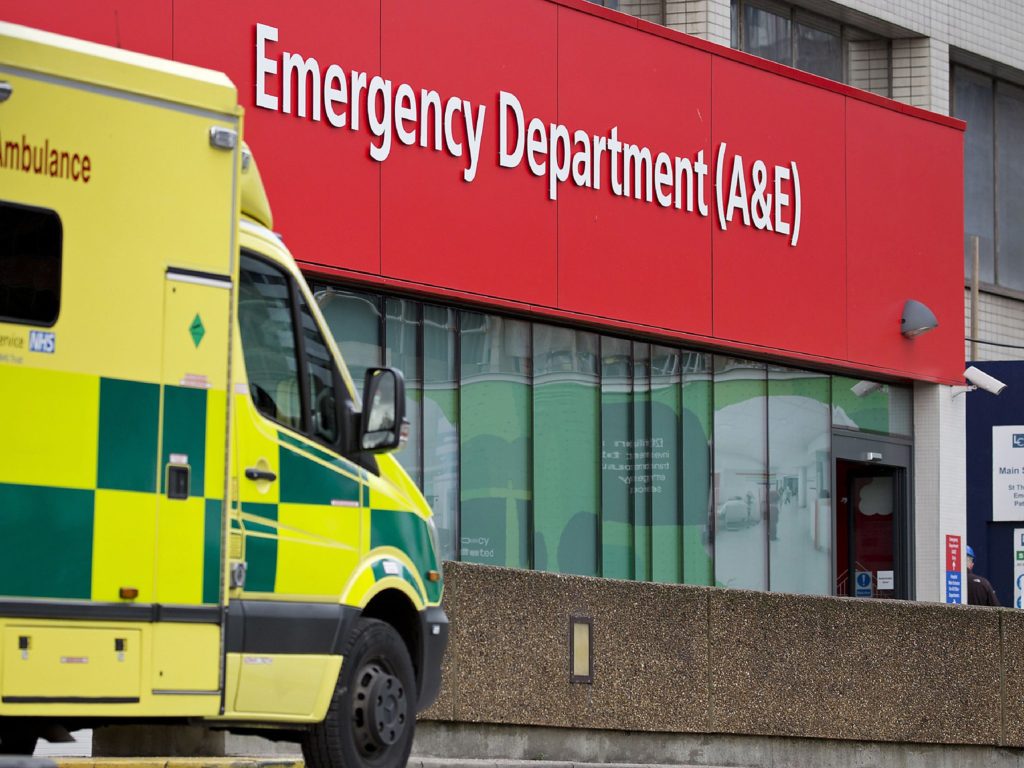
Fireworks can travel up to 150mph and are extremely volatile and unpredictable if not handled correctly. They are beautiful and exciting to look at but you should bear in mind they’re still explosives. Similarly, bonfires and sparklers need to be handled correctly and safely controlled to prevent any injuries or damage.
Most injuries are a result of unsafe handling and a lack of proper safety precautions. As long as you conduct a full risk assessment before beginning a fireworks display, know how to properly set off fireworks, safely control a bonfire and put safety measures in place, your event should be safe and enjoyable for all.
The Firework Code
Follow these top 10 safety tips, known as the firework code, when setting off fireworks to ensure the safety of the person lighting the fireworks and those watching the display.
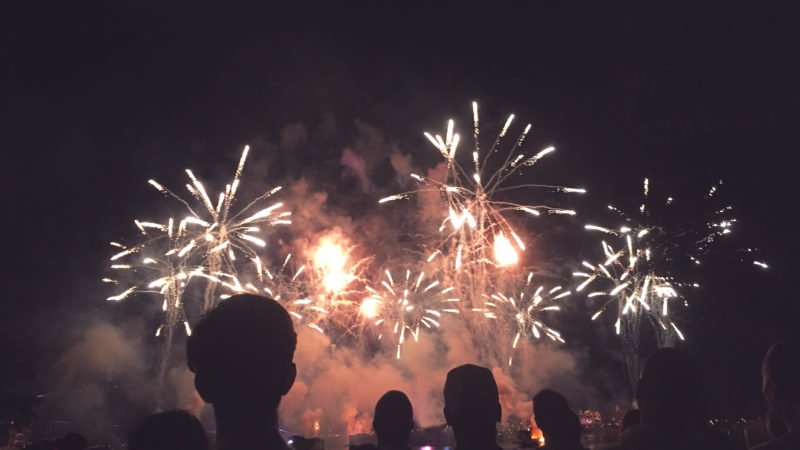
- Plan your fireworks display in advance. Make preparations in advance, preferably in daylight, to ensure the safety of everyone attending. Ensure it finishes by 11pm as it is illegal to set off fireworks after this time.
- Only buy quality fireworks from reputable shops. They should carry the CE and BS 7114 mark to prove they conform to British Standards.
- Keep fireworks in a closed box. Only take one out at a time as this lowers the risks if one were to accidently set off. Never put them in your pocket.
- Follow instructions very carefully. Use a torch if necessary. Make sure the fireworks you have are suitable for the area you are setting them off.
- Angle fireworks away from buildings and other people watching. This means if the fireworks don’t set off properly or fall over, they won’t hit anyone or anything.
- Light the firework at arm’s length. Do this with a taper such as a safety gas long (clicker) lighter. Stand well back once lit and warn others that it is lit.
- Never throw a firework. It is illegal to do so and you an be fined up to £5000, this goes for sparklers too.
- Never return to a firework once it has been lit. Even if it looks like it hasn’t lit or has fallen over as it can still explode.
- Keep naked flames away from fireworks. This include cigarettes as you do not want them accidently catching fire.
- Stand well back from fireworks. Safe spectator distances are usually recommended on the actual fireworks.
General safety tips:
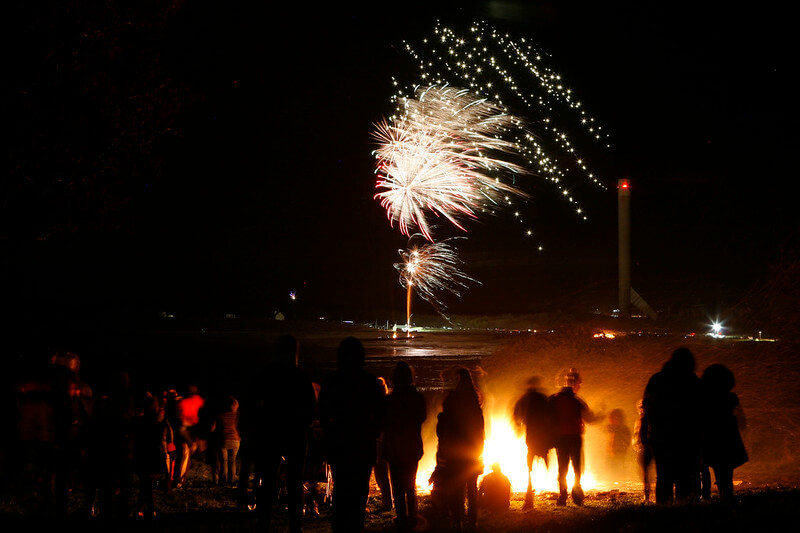
- Fireworks should always be lit by adults, put one person in charge so fewer people are at risk.
- Children should never be left unsupervised around fireworks or bonfires.
- Do not drink alcohol if you are in charge of fireworks or a bonfire, and ensure any alcohol is also kept well away from the fireworks or bonfire.
- All fireworks should be safely disposed of after use. Keep buckets of cold water nearby to store them in after use.
- If you suffer from heart problems, asthma or bronchitis avoid attending bonfire displays outdoors. You can still enjoy them from inside, switch your lights off so you can see them better!
- Keep all pets indoors. Animals can get very scared by the load noises and explosives and often hide as a result, do not try and coax them out as this will scare them further. Close all windows and doors and shut curtains to drown out the noise. Turn on the tv or radio too to help distract them.
- Learn basic first aid. Such as how to treat minor burns, just in case. Do so by running the burn under cold water for at least 10 minutes to cool the skin. Then cover with a burn dressing. Alternatively buy a burns first aid kit to ensure you have everything you need.
Sparklers and Bonfire safety tips
As the name suggests, Bonfire Night often isn’t just fireworks but includes bonfires and sparklers too. There are a number of safety tips you should follow when dealing with bonfires and sparklers, to ensure everything is kept safe.
Sparklers:
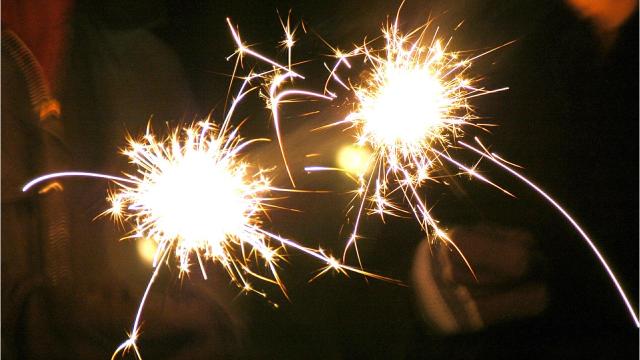
- Don’t allow anyone under the age of 5 to hold a sparkler. They can get extremely hot and are dangerous for small children.
- Wear gloves when handling them. Cover all bare skin such as arms and wrists with a coat or long-sleeved top.
- Hold at arm’s length. One person should hold it whilst another person lights it with a taper.
- Do not wave them around close to people. Keep a good distance away from other people when holding them.
- Don’t hold a baby/child whilst also holding a sparkler. Your full attention needs to be focused on the sparkler.
- Put them in a bucket of cold water after use. Keep buckets nearby for people to extinguish them in.
Bonfires:
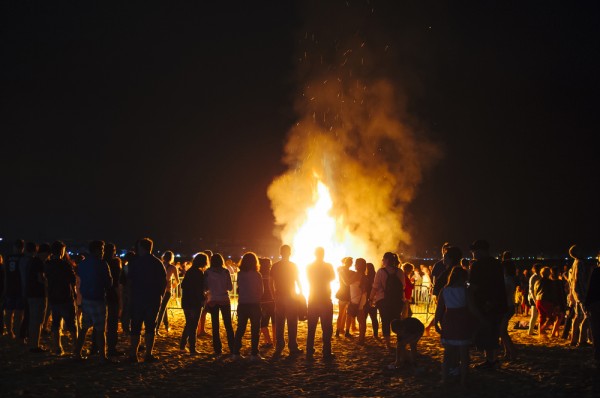
- Assess the risks and choose a clear, safe place. It should be away from fences, buildings, trees, bushes, sheds and roads.
- Check the bonfire for hiding animals before lighting. Small animals like hedgehogs, frogs, rabbits or pet cats could have sheltered in it.
- Never pour petrol, paraffin or meth’s onto a fire. These can cause dangerous flare ups. Use a special fire lighter instead to keep it more controlled.
- Do not throw discarded fireworks onto the bonfire. They could explode.
- Tie back long hair and tuck in loose clothing. Anything dangling can catch on fire easily. Avoid wearing nylon clothing which melts against the skin.
- Keeps buckets of water and a hose attached to a water source nearby. In case things get out of hand.
- Fully extinguish the fire after the event. Ensure it is completely put out as it may look like it will safely die out itself but can easily cause a new fire whilst people aren’t there.

We here at Kays Medical want to ensure you have a safe and enjoyable Bonfire Night. Follow our tips and tricks to ensure your event goes well without any injuries or disasters. Just in case anything does go wrong Kays Medical offer a range of burns dressings and burns first aid kits which can be very useful in treating minor burns. Stay safe, wrap up warm and most importantly, enjoy yourself this November 5th!